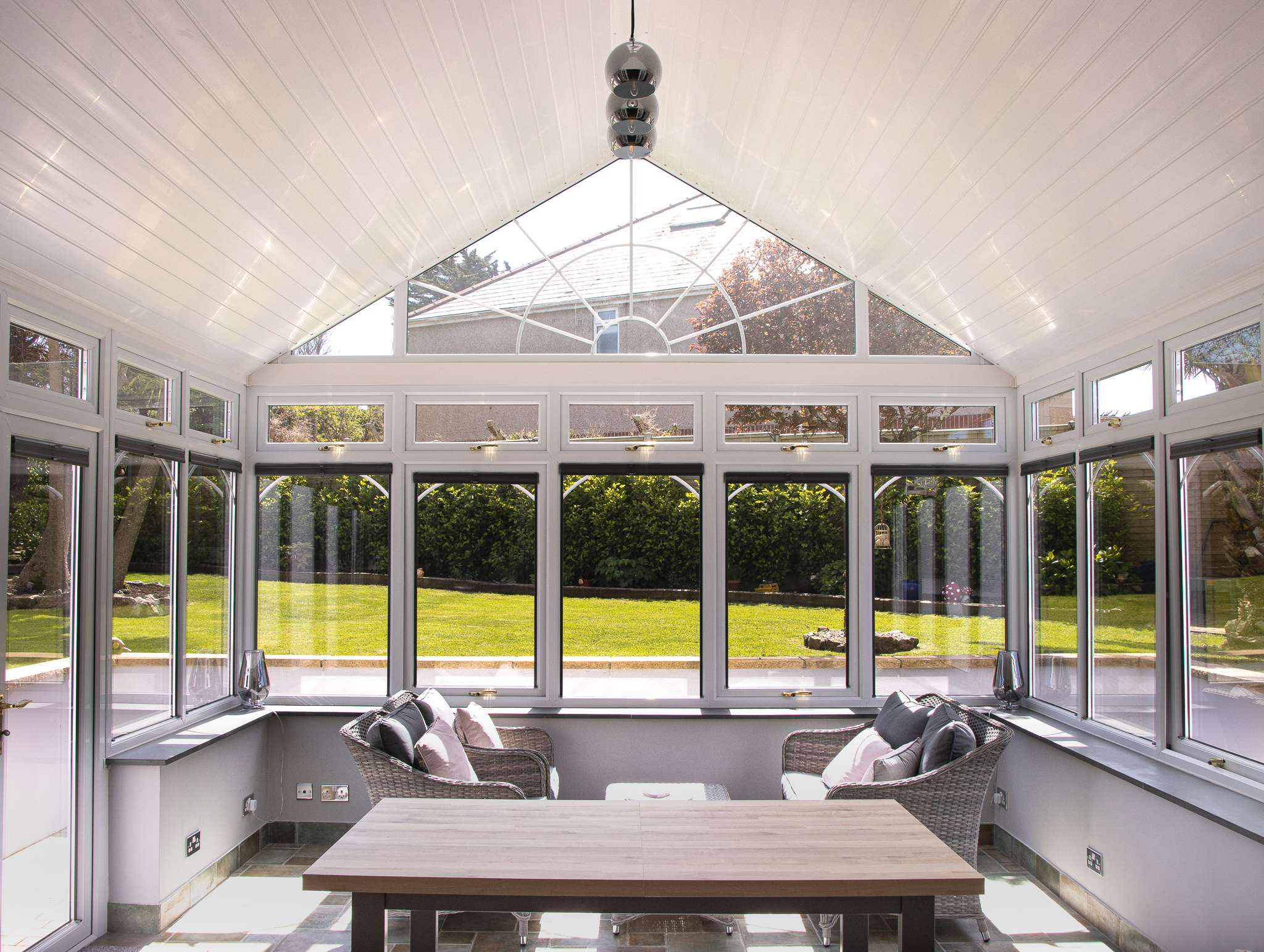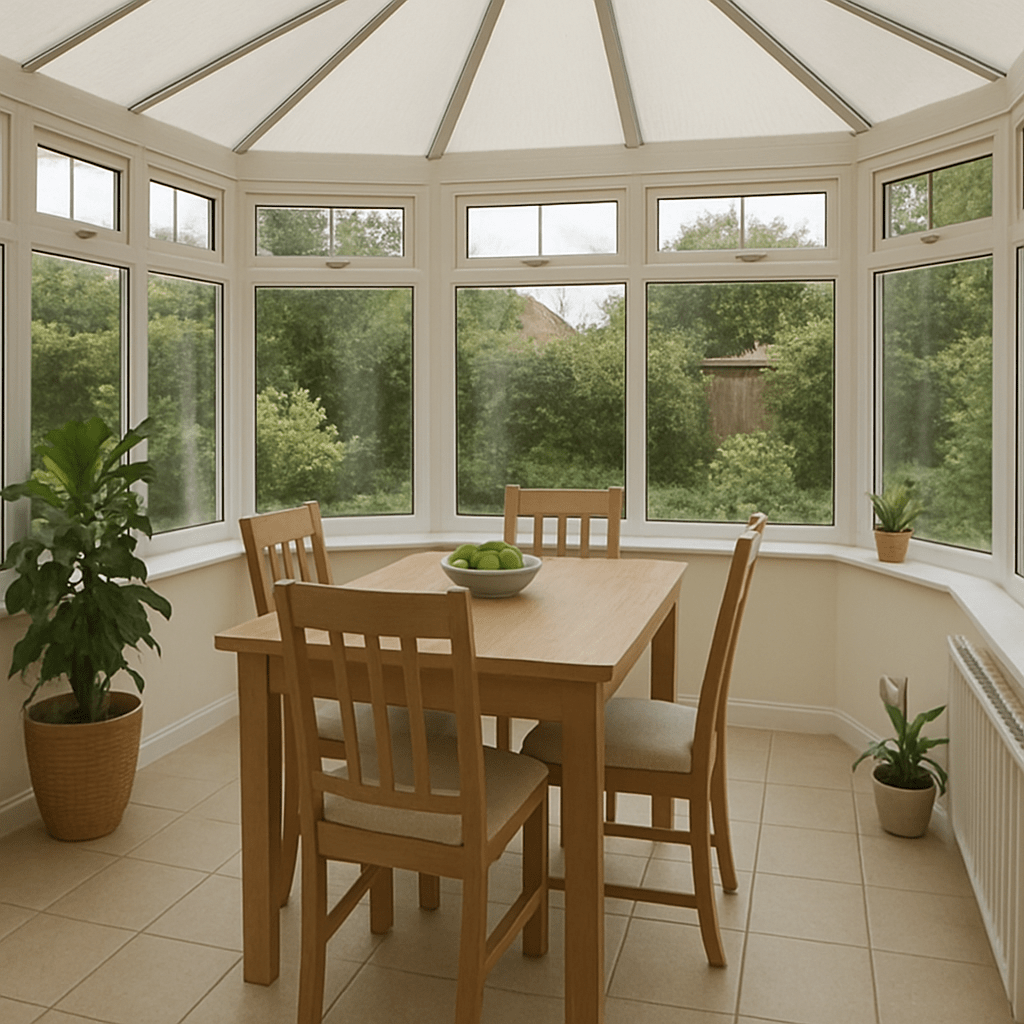Conservatories are a popular addition to many UK homes, offering extra space and a view of the garden. But for all their benefits, many homeowners eventually face the same question: Is my conservatory really usable all year round?
If you’re wondering whether the space is worth the upkeep, you’re not alone. Here are the most common downsides of a conservatory – and what you can do to overcome them.
1. Too Hot in Summer, Too Cold in Winter
One of the most frequent complaints is poor temperature regulation. Traditional conservatories with polycarbonate or glass roofs often feel like saunas during heatwaves and iceboxes in the colder months.
This issue makes the room impractical for everyday use and limits its function to just a few mild weeks each year.
2. High Energy Bills
Trying to heat or cool a poorly insulated conservatory can lead to soaring energy bills. Without proper thermal barriers, warm or cool air escapes quickly, making it inefficient to maintain a stable temperature.
3. Glare and Noise
Glass or polycarbonate roofs offer natural light, but that often comes with excessive glare. These materials also amplify external noise — especially rain — making the space less relaxing.
4. Condensation and Damp Issues
Fluctuating temperatures often result in condensation, which can lead to mould, damp patches, and damage to furniture or fittings if left unchecked.
5. Limited Use and Poor Return on Investment
Many homeowners find that what starts as a dream room becomes a seasonal storage area. If your conservatory can’t be used comfortably year-round, it may not add the value or versatility you hoped for.
How to Solve These Problems
1. Internal Conservatory Insulation
Installing internal insulation, such as multifoil systems finished with UPVC cladding, is one of the most effective and affordable ways to regulate temperature. This method retains the existing roof structure while adding a high-performance thermal barrier from within. This solution helps control the temperature whilst lowering your heating bills. You’ll also see a significant reduction in the noise from adverse weather. It is also quick and non-disruptive to install.
2. Lightweight Tiled Roof Replacement
For a more dramatic transformation, a lightweight tiled roof completely replaces the original glass or polycarbonate roof with a solid, insulated structure. This helps improve thermal performance while giving your conservatory a more modern look. This solution is more costly than having your conservatory insulated on it own but is a good option if your roof is in bad condition.
Final Thoughts
While conservatories can have their challenges, the good news is that these issues are solvable. Whether you choose to install internal insulation or opt for a lightweight tiled roof, both upgrades can transform your conservatory into a functional, stylish, and energy-efficient space you’ll actually want to use — all year round.
Thinking about upgrading your conservatory? Contact us here to explore the best option for your home.

If you would like to see what finance options are available to you, you can apply here!


